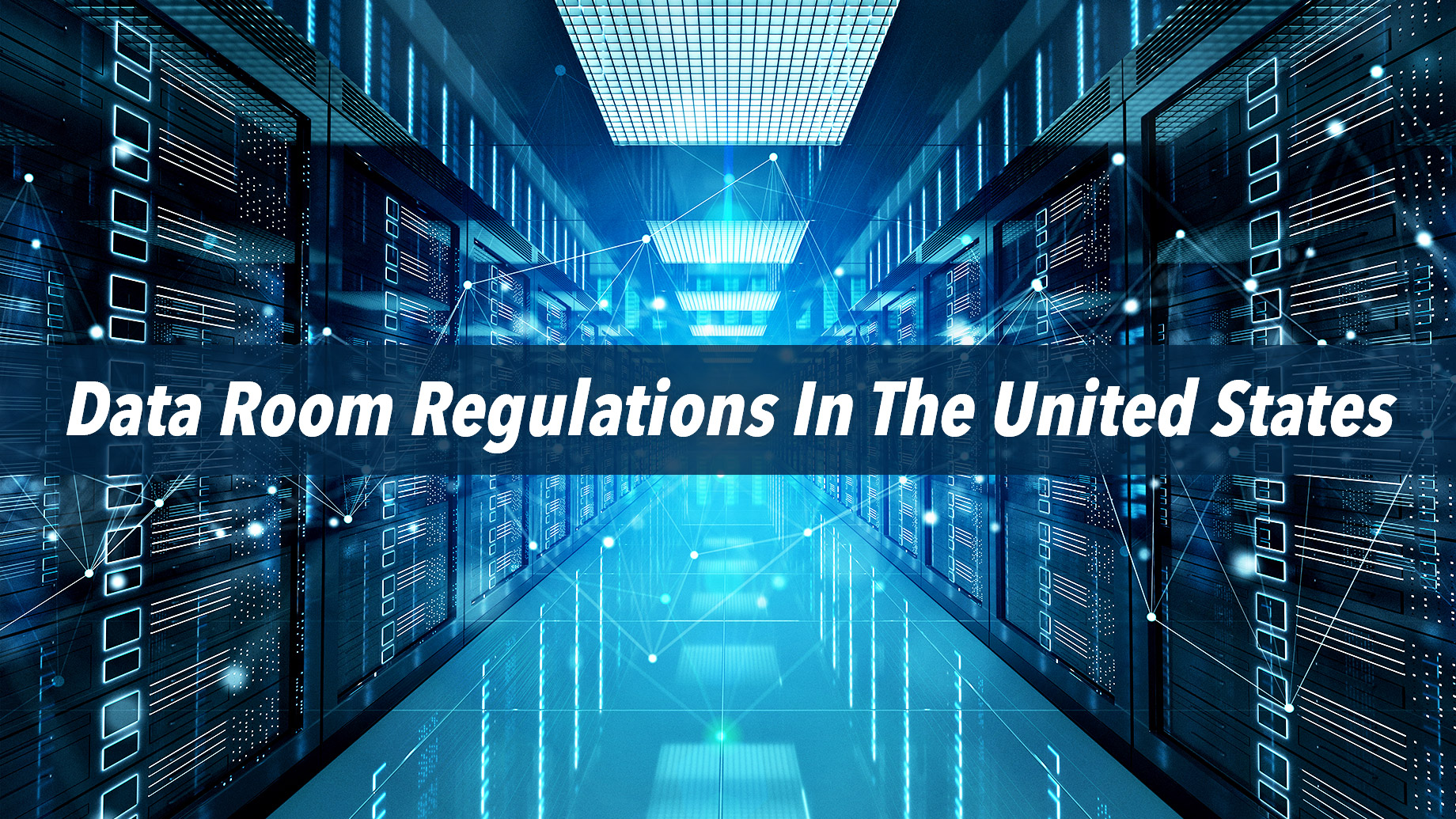
The use of virtual data rooms (VDRs) is a matter of agility and a solid foundation for business. They allow you to work with international partners, simplify document management and provide the necessary user mobility. However, in today’s digital world, this is not enough.
Above all, VDRs must be secure. To handle tons of sensitive, confidential, and even classified information, VDRs must be protected against data breaches and hacker attacks. But how can you tell if the VDR you’re about to use is secure? Are there any Data Room Regulations in the United States? There are several factors that can demonstrate whether a data room like https://dataroom-providers.org/ is secure.
Ranking of Secure Data Room Providers in the U.S.
- iDeals
- Merrill Datasite
- Citrix ShareFile
- DealRoom
- Firmex
- Digify
- Donnelley Venue
- SecureDocs
- Intralinks Dealspace
- SmartRoom
Defining a Secure Data Room in the United States
A secure data room creates a secure environment for file processing. It only allows authorized access and has fraud and tamper protection mechanisms to prevent third parties from accessing data.
Virtual Data Rooms ensure this through
- compliance with legal/industry requirements and standards, verified by a certificate of audit;
- infrastructure security and availability features;
- robust access security features; and
- built-in document security features.
Let’s look at each of these criteria in detail.
Physical Security Features
Although virtual data room services are virtual, they must also comply with a number of physical rules in order to be secure. Taking care of on-site security is just as important as deploying mechanisms to secure online data. These include:
Physical Data Security
All data centers and power storage facilities are secured and monitored 24/7 to ensure uninterrupted operations.
Reliable Infrastructure Components
Quality equipment ensures 99.95% uptime in a fail-safe environment.
Real-time Data Backup
Efficient backup option creates a copy of any downloaded document through an encrypted VPN tunnel.
Failover Recovery
Saving copies in remote data centers makes documents completely safe from failure.
Multi-layer Data Encryption
Use of high-end encryption in transmission (TLS protocol) and storage (256-bit AES keys) increases data security.
Multiple Server Locations
Having data centers in different locations increases their disaster tolerance.
Access Security Features
Since most VDRs are used to transmit sensitive personal, financial, or sensitive information, they must grant access to a limited number of users to prevent breaches and leaks. Here are the features most commonly used in the best data rooms in the U.S.
Selective Permission Settings
Depending on the user’s role in the process, the data room administrator can select the portions of the documents visible to a specific user/group.
User Permissions for Documents
The administrator defines the users who can access it and the changes they can make.
Single Sign-on
Users access their accounts with the same credentials, even if they participate in different projects.
Two-step Verification
Login requires a password and a one-time code.
Time and IP Address Restriction.
To prevent violations, virtual data rooms can restrict certain IP addresses and limit access time.
Utilization Logging and Reporting
Internal auditing and per-second session records track any changes made by users.
User Security Impersonation
Impersonating a designated user allows the administrator to provide access only to the extent necessary.
Document Security Tools
Documents that go into electronic data rooms are not intended for public viewing. The following settings are mandatory for VDRs in the United States.
Different Rights of Access to Documents
A user’s role will define the actions he can perform with certain documents (download as a PDF or encrypted copy, have rights to edit or restricted viewing, etc.).
Dynamic Watermark
Designed to track data leaks, this feature encrypts session information, including the user’s IP address with the time and date of access.
Fence View
The barrier screen view protects against side-viewing, unauthorized scanning and taking pictures.
Secure Spreadsheet Viewing
This provides a secure view of data in Excel spreadsheets and allows you to customize access settings.
No Footprints
When you view any document, it should be impossible to copy it or have it go into your browsing history or device memory.
Remote Wipe
If a device is stolen, the administrator should be able to delete files from the device to protect privacy.
Remote Shredding
This feature maintains full control over the document even after the user has downloaded it.
The above features ensure the security of the electronic data room when it is used to handle confidential or sensitive information. But even with them in place, there are a few things to consider before choosing a virtual data room provider.
International Certifications and Standards for VDR Software
Independent certification, compliance with industry best practices and legal requirements are essential to the safety and security of your stored files. So when choosing a virtual data room software, look for one with the following data room review certifications.
Basic certificates:
- AICPA – SOC 1/SSAE 16/ISAE 3402 (former SAS 70)
- AICPA – SOC 2 Type II (former SAS 70 Type II)
- HIPAA
- United States International Traffic in Arms Regulations (ITAR)
- ISO 9001 / ISO 27001
Advanced and industry-specific certificates:
- DoD CSM Levels 1-5
- FIPS 140-3
- FISMA, FedRAMP, and DoD RMF
- MTCS Level 3
- PCI DSS Level 1
- PCI DSS Level 1
Finding secure online data room software is key to handling your company’s documents quickly, efficiently and securely. First try to compare virtual data rooms. By screening selected VDR vendors against the American criteria outlined here, you’ll weed out the ones that could jeopardize your business.